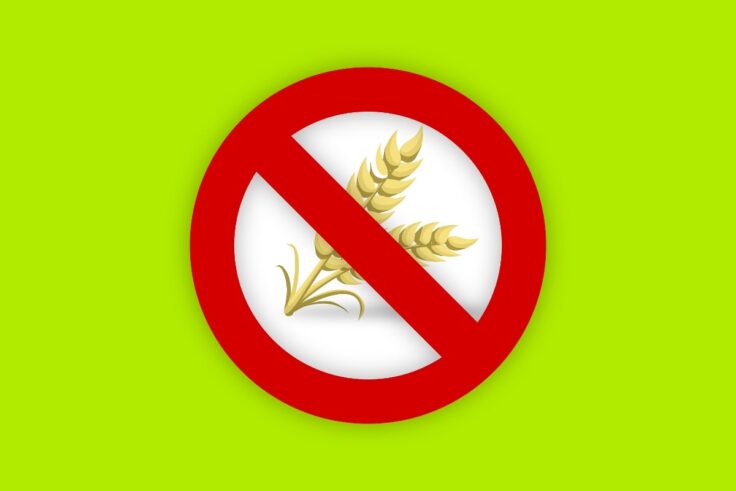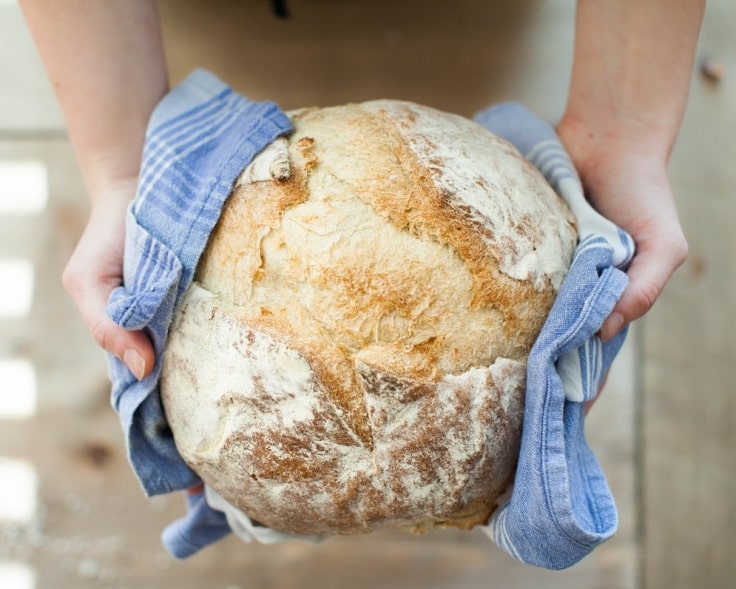What To Eat And Avoid When Going Gluten-Free

Going gluten-free means you inadvertently cut out carb-heavy ingredients and processed foods. Here’s what you can and can’t eat on this diet.
Over the last few years, there has been a proliferation in the availability of gluten-free products. Many people have opted for a gluten-free diet because of medical or fitness reasons.
However, a completely gluten-free diet should only be considered if you suffer from celiac disease or gluten sensitivity.
Celiac disease is an autoimmune condition that causes the gluten protein to attack the small intestine lining. Even the smallest amount of gluten can cause serious digestive problems for someone who suffers from celiac disease.
On the other hand, gluten sensitivity causes short-term pain such as bloating or stomach aches.
If you are unsure whether you have celiac disease, you can request a blood test that will determine whether you have certain antibodies.
Gluten sensitivity is more difficult to diagnose and the only real way to see if you will benefit from a gluten-free diet is by slowly cutting this protein out of your meals.
If you are unsure of what gluten is, how to avoid it, and what to eat instead, keep on reading.
Gluten is a protein typically found in grains such as barley, wheat, and rye.
However, you could be wondering, “is whey gluten-free?” The answer is yes. This is an excellent source of protein that is derived from dairy products and packed with amino acids.
What To Avoid When Going Gluten-Free?

Avoiding gluten in your diet can be difficult. Apart from the obvious contenders like bread, cereal, pasta, and beer, there are many other foods that contain gluten. This is why it is important to read the ingredient label with care.
Gluten is often added to products as a cheap emulsifier, thickener, and stabilizer (especially in heavily processed foods).
Sauces, seitan, potato chips, cold cuts, sausages, and imitation seafood are only a few sneaky sources of gluten.
Checking the ingredient list seems relatively easy but nowadays there are so many questionable components that it gets confusing. Our advice is, ‘when in doubt, leave it out’.
However, here are some ingredients to avoid when following a gluten-free diet: farina, durum, spelt, panko, rye, dextrin, and yeast extract.
If you have been diagnosed with celiac disease, then you should also be wary of cross-contamination.
Given that even the slightest pinch of breadcrumbs could cause your immune system to attack, you must be very careful when ordering or preparing food.
If you are eating out, they could use the same fryer and oil for gluten and gluten-free products.
If you are at home, make sure you have a separate toaster for gluten-free products and that people don’t leave breadcrumbs in communal jam jars or butter.
What To Eat On A Gluten-Free Diet?

Now that we have covered what gluten is and where it can be found, we will now look at what you can eat.
Thankfully, there are a ton of alternative products in the supermarket which means you don’t really have to miss out on much.
Even if you are craving your favorite baked goods you can simply swap normal flour for almond or chickpea flour.
They even have gluten-free bread, pancakes, and croissants. These should be marked as gluten-free and therefore be safe to eat.
You have a whole array of grains, vegetables, fruits, meats, and dairy products that are naturally gluten-free.
If you are missing your starchy meals, then you can opt for some gluten-free whole grains. Brown rice, quinoa, and buckwheat are great alternatives that are even healthier than pasta and bread.
You can practically eat all of the fresh fruit and vegetables that your heart desires. This includes potatoes, peppers, broccoli, bananas, berries, and apples.
The only thing you should look out for is frozen, dried, tinned, or pre-chopped fruit and veg as it could contain traces of gluten or be cross-contaminated.
Sources of protein like beans, nuts, seafood, red meat, and poultry are all on the celiac friendly list. Just make sure that what you are consuming is fresh and double-check the ingredients on any cold cut meats.
Sauces, like barbeque or soy sauce, are a red flag to look out for as they contain gluten and are regularly paired with these proteins.
Many people try to cut gluten out of their diet because it forces you to make healthier options when it comes to nutrition.
Nowadays, you can find online an infinite number of recipes for some added inspiration to create delicious, healthy, and most importantly, gluten-free meals.